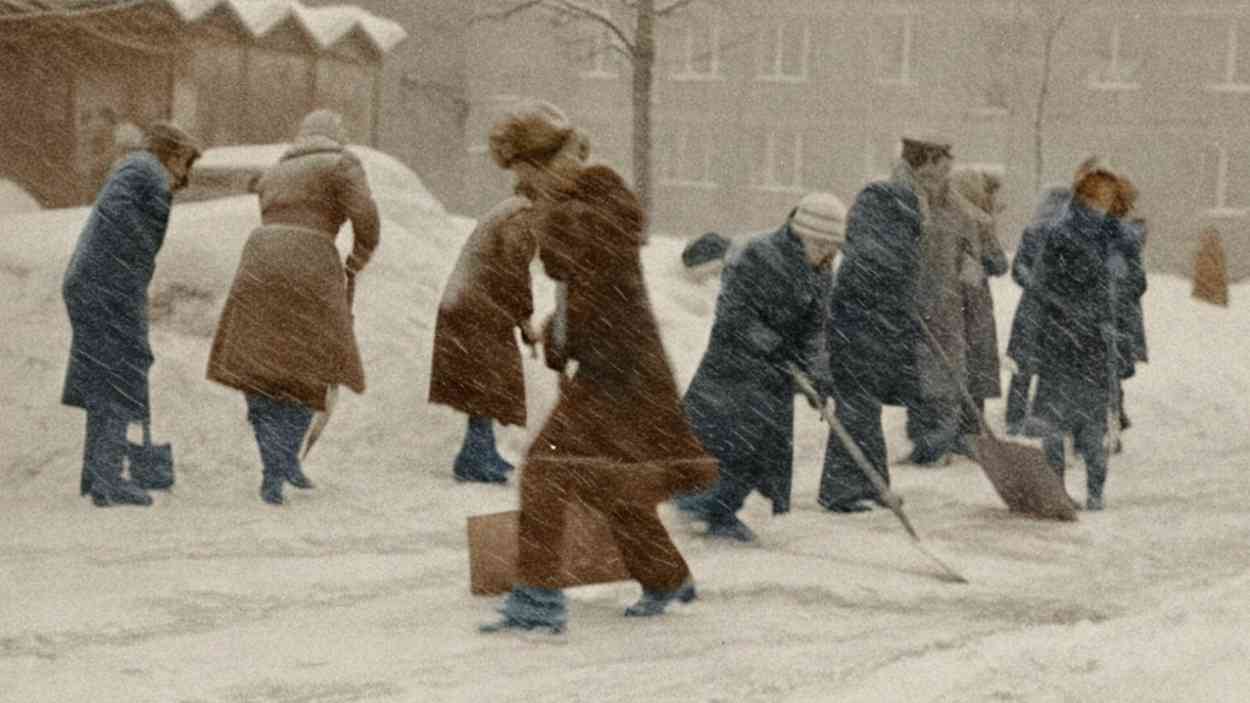Science
Every Building on Earth: Explore the New 3D World Map
27 December 2025

In recent years, the Polish media constantly informed us about the epidemic of suicide attempts among children and young people. This is not surprising, because the number of attempts on their lives by the youngest is increasing every year. However, raising this topic en masse has one main effect – normalizing the phenomenon.
In the psychology of decision-making, there is a mechanism for getting used to the most risky options that would not have occurred to us if they had not been discussed everywhere. Within it lies the so-called “Werther effect.” The name comes from the events that were first observed when Johann Wolfgang von Goethe published his novel The Sorrows of Young Werther in 1774. It prompted in readers the need to follow.
Suddenly, the number of attempts by young Germans to take their lives increased rapidly. Moreover, they chose the same method as the literary hero. For this reason, the dissemination of the book was prohibited in Denmark and Italy. The suicide wave also came after information about Marilyn Monroe, Kurt Cobain and Anthony Bourdain taking their own lives.
Through these tragic events, we learned that passing information about suicide – not only in the media but also among small communities such as families or schools – can cause an increase in the number of suicides within a few days after giving this information.
A team of Austrian and German psychologists, psychiatrists and communication specialists, which conducted an extensive analysis of nearly 500 suicide press reports, found that the likelihood of more frequent suicides is also increased by articles containing objective expert opinions and epidemiological facts related to the phenomenon. And Polish media are bombarded daily with such information. Most of them do not meet the requirements of the Reportingonsuicide.org agreement, which the major schools of journalism around the world respect.
The absolute exceptions include those media reports that can trigger the so-called ‘‘Papageno effect.” It was named after one of the heroes of Mozart’s “Magic Flute” – Papageno. Being distraught after the loss of his beloved, he wants to commit suicide but is dissuaded from doing so thanks to a conversation with three boys who show him alternative solutions to his situation. Today we know that showing suicide in the right perspective can prevent it
– says psychologist Dr. Tomasz Witkowski.
We recommend: Are Family Attachments a Cure for the Suicide Plague? Parent! Listen, Understand Me, Love Me!
According to the data of the National Police Headquarters in Poland, in both 2023 and 2022, more than 2 thousand children (aged 13–18 years) attempted suicide. For comparison, in 2021 there were about 1.4 thousand suicide attempts. In 2020, less than a thousand, and a decade earlier – about 350. Interestingly, the statistics of cases ending with death have been at about the same level since then. Today it amounts to 138 deaths, while in 2013 there were 144 deaths.
The sharp increase in the number of suicide attempts not ended with death compared to those lethal ones may indicate the simulated nature of the former. Probably thanks to such attempts, these people receive from their surroundings what they have not been able to achieve before. Therefore, they are more effective in attracting the attention of the environment: Parents, teachers, pedagogues
– comments the psychologist.
Due to the increased scale of suicide attempts undertaken by children and the notorious publicizing of the problem by the media, in public spaces, we can more and more often listen to conversations of adults who tell each other about it. It even happens that such conversations take place in an atmosphere of lightness, for example, during drinking beer.
If we talk to each other about such things over a beer, we have to include a certain amount of disregard. Otherwise, the emotional burden of such conversations would be unbearable for us. Meanwhile, people who suffer very much as a result of such a disrespectful attitude can refrain from talking about their problems. Because they will be afraid of being faced with the statement that if almost everyone does it, their problem is not deep and painful at all
– the specialist diagnoses.

We recommend: Between Hope and Homage: Wojciech Czuchnowski on Care, Loss, and Sense After Family Death
In the era of the mental health crisis of children and young people, which in some cases may lead to the taking of their own lives, it is necessary to consider what real solutions will protect the youngest from suffering. Today, one of the leading ideas is to hire more psychologists in schools.
According to Dr. Witkowski, it is the treatment of the effect, not the cause:
Let’s imagine a child who goes to school all winter in holey shoes and finally gets sick with pneumonia. We go with this child to the doctor, they write them the latest generation antibiotics and put them to bed for a week. The child gets up after a week, puts on those holey shoes again, and then wanders in mud and snow to school. And we are doing the same thing.
Meanwhile, according to Dr. Witkowski – the real solution to a child’s problems may be, for example, the removal of violence from their family or harassment in a peer group.
His thesis is supported by a meta-analysis published in 2020, which includes 50 years of research into the effectiveness of various forms of interventions aimed at preventing suicide. A team of researchers under Kathryn Fox of the University of Denver and Xieyning Huang of Florida State University analyzed 1125 of the most methodologically correct studies in the field. Crisis intervention, various forms of psychotherapy, pharmacotherapy, hospitalization, or peer support, among others, were taken a closer look at. As it has been shown, the efficiency of all tested methods is very low, and their effects do not last for a long time.
According to the psychologist, real help can be brought by building social skills in the child, working on coping with stress, or increasing self-esteem. In other words, it is worth focusing primarily on prophylaxis. Currently, there are programs available for the taking, including from the Institute of Psychology of the University of Malta, which, based on reliable scientific evidence, teach children so-called mental toughness.
“Why aren’t we introducing preventive measures into schools?” I ask the psychologist. As he claims, it is all about the “fire inspector syndrome”:
Well, no inspector made the headlines or became a media hero, even if he prevented thousands of fires. Whereas, a firefighter who rescued a child from a burning house will end up there. Basic work is boring, ungrateful, invisible. And it does not give us a halo of a person helping all humanity, a healer and a savior.
The researcher warns against too much social trust in psychologists, psychiatrists, or psychotherapists. They are the ones who scare us in the media with the “suicide epidemic.”
We often forget that they are a branch of the business. Whichever way we look at it, however, psychotherapy makes money from human misery
– he says.
Translation: Marcin Brański
We recommend:


Culture
26 December 2025

Zmień tryb na ciemny